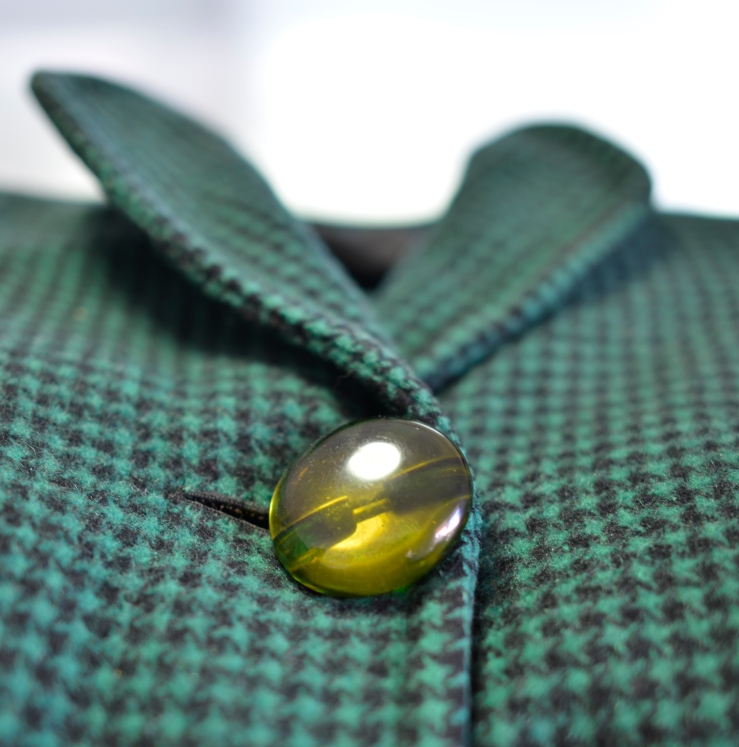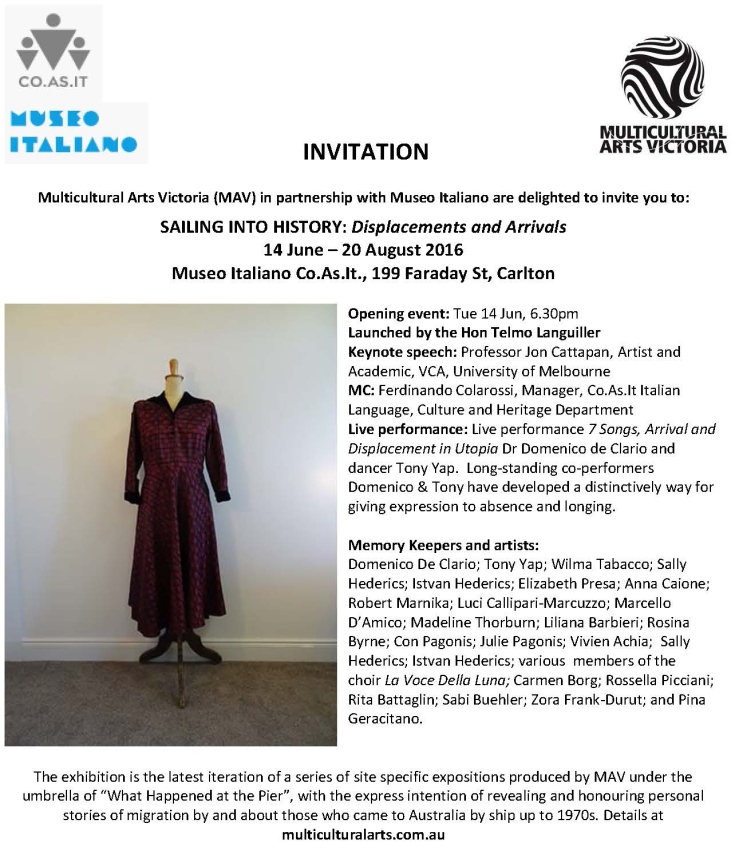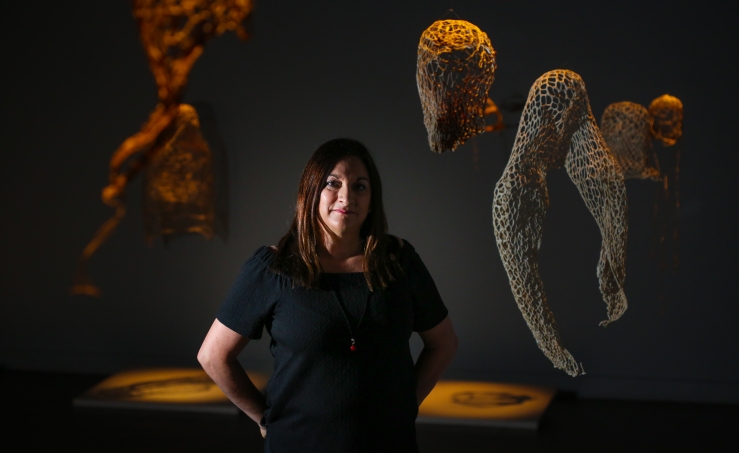
Hymen, Seal Of Approval, 2015
![12698533_948195931883040_5700667026616909698_o[1].jpg](https://rosinabyrne.files.wordpress.com/2016/08/12698533_948195931883040_5700667026616909698_o1.jpg?w=739)
Ernst Collection Artists:
Rosina Byrne, Hymen (2015), Australia
Borut Peterlin, Great Depression (2013), Slovenia
Aarno Rankka & Petri Saarikko, Stars & Lightning (2014), Finland
Sepide Rahaa, Untitled (2014), Iran
Elias Hielkema, Summer Work (2013), Finland
Kari Honka, Nail (2012), Finland
Anna Jensen & Anni Venäläinen, Stubborn Species (2013), Finland
Volvo Markkanen, Peace Pipe (2014), Finland
Sari Kivinen, Kuningatarmaa Finns & Tonksit (2014), Australia
Kallio Chapel, Liberation Theology (2015), Finland
Maija Saksman, The Party, (2012), Finland
Outi Heiskanen, Petelle (2015), Finland
Harri Kivi, Ball (2014), Finland
Jean-Ulrick Désert, Constellations De La Déesse (2010), Haiti
Muhaned Durubi, Silent clown (2015), Irak
Corey Payne, Paakantji (2015), Australia
Pippilotti Rist, Micro Fabric Cloth (2015), Switzerland
Basil Solomon Elias, Basil (2015), Finland
Gianluigi Biagini & Vito Giorgio, Open dissensus (2014), Finland
Elokolo Archives 1991-2012, Elokolo (2012), Finland
Cyrus Tang, Crystal Day (2013), Australia
Encaul, 2014
2014, single looping video projection 00:21:00sec
Born but not released.
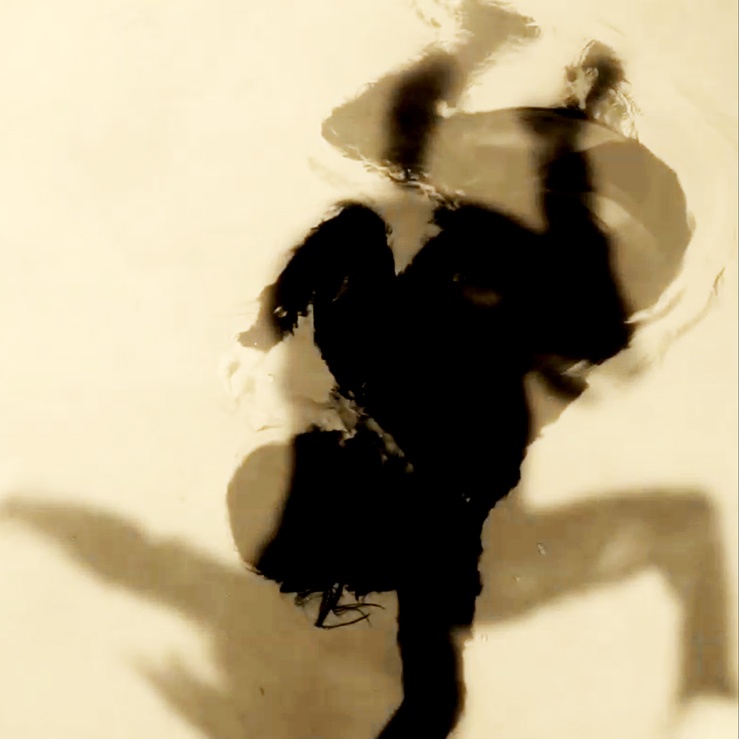
Penis Envy?, 2014
Penis Envy?
Titles: Luisa, Mina, Rosina Maureen, Jacinta, Laura, Moana, Luci, Kerryn
All Digital Prints, 60cm x60cm
Within many communities, humans who possess a vagina have a disadvantage. The culture of these societies gives power and presidency to the male, the possessor of the penis. There are indications that some females within these cultures would choose to have been born male if given a choice.
If you break your curfew I’ll break your Hymen, 2015, Installation / Performance


Rosina Byrne, If you break your curfew I’ll break your Hymen, 2015, Installation / Performance, paxs collective. Photo: Fleur Ruddick
Rosina Byrne endeavours to bring forward the struggle of a specific group of women who experience the darkness, veils and silent identities in a particularly constricting form. Migrant women, their daughters and granddaughters continue to live oppressed lives even though they are Australian residents. The ideal of Equal rights even today commonly promoted as a standard of Australian life do not exist as a reality to many of these females. They live under the rules of a patriarch, who governs by an ancient patriarchal system dating back many generations. The only plausible reason women within these community are living repressive life is solely due to being born with XX chromosomes, giving them a vagina rather than a penis and, therefore, the title ‘female’.
The oppression of the female has pushed Rosina forward with a strong desire to produce a body of work conveying the reigning control placed on the ‘female’.
Rosina Byrne is a Mildura based artist born to Italian migrant parents. Raised on a Grape Fruit Block on the outskirts of Euston, N.S.W. Byrne works predominantly with photography, video and installation. Rosina completed her Bachelor of Visual Art at La Trobe, Mildura, 2013, where she received The Collin Barrie Acquisitive Award, the La Trobe Executive Dean’s Award for Academic Excellence in 2012 and also in 2012 she was awarded the Golden Key from Golden Key International Honour Society for excellence. Rosina graduated with First Class Honours in Visual Art, 2014 and was awarded the Julie Miller Markoff award, 2014. She has exhibited widely, in solo and group exhibitions, such as Palimpsest #9, Wallflower Photomedia Gallery, CCP and BSG Gallery in Melbourne. Rosina’s practice is constantly evolving.
Invisible Visible

Rosina Byrne, Invisible Visible, 2015, Woven pork intestines and sheep bungs, lights, Sunraysia Mallee Ethnic Communities Council. Photo: Danielle Hanifin
Women (constricted forms) are quite often virtually bridled and blinkered throughout their lives. These constrictions mould them until they conform and eventually believe where their place is in this world. I am a woman fighting for the rights of migrant women who are isolated and alone, so they may eventually see the world clearly without restrictions.
The use of intestines in this work is a representation of culture. Intestines support the function of our bodies. In this they play a major role – just as culture plays a major role in supporting a community.
Rosina Byrne’s artwork is about informing, engaging and inspiring change or action.
The Henna Project, 2015
I am female.
I am resilient
I move beyond personal boundaries
I am adaptive.
I am female.
Rosina Byrne
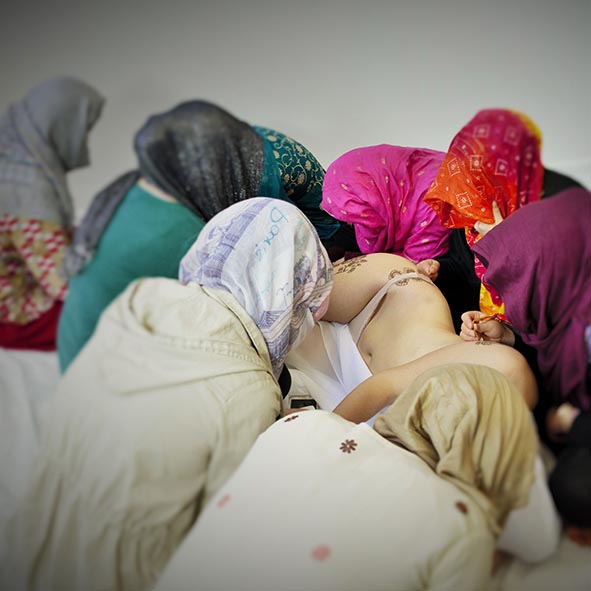
http://mildurapalimpsestbiennale.com/artists-thinkers/rosina-byrne/
Inside out/ Alla rovescia, 2016 Italy
Rosina Byrne
Inside out/ Alla rovescia
Intestines, cotton thread, cloth
48x 48cm
My artwork is about informing, engaging and inspiring change.
The intestines used in this body of work are exposed, analysed, modified and appreciated. They support the idea of looking upon an object or cultural belief from another perspective. The viewer gains an opportunity to see beyond internal programming.
Intestines are the instrument I use to represent culture and its inner workings therefore by revealing the core of the social order we gain an opportunity to transform the way we as individuals view, engage and respond.
Within this artwork, cloth pads are transformed from something that needs to be stored away or hidden in a drawer to an object that welcomes any dialogue with its embellishments of dried frilly intestines
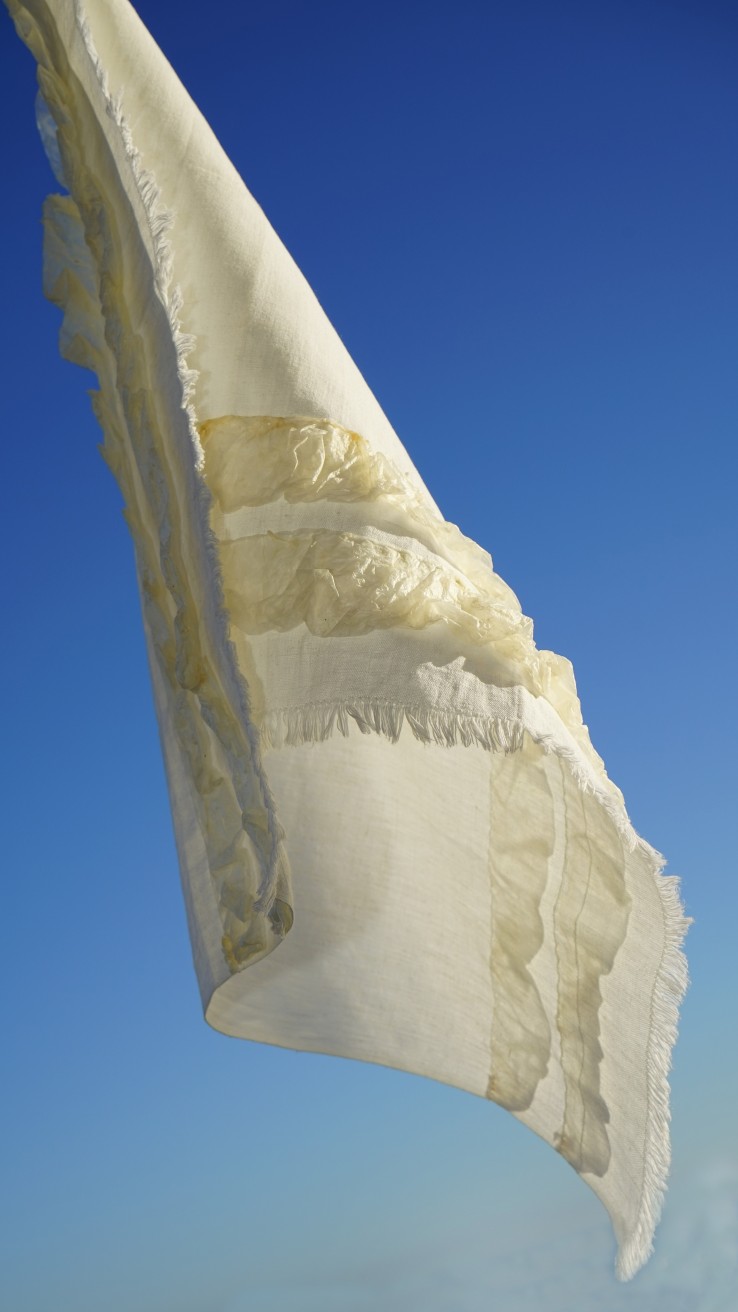
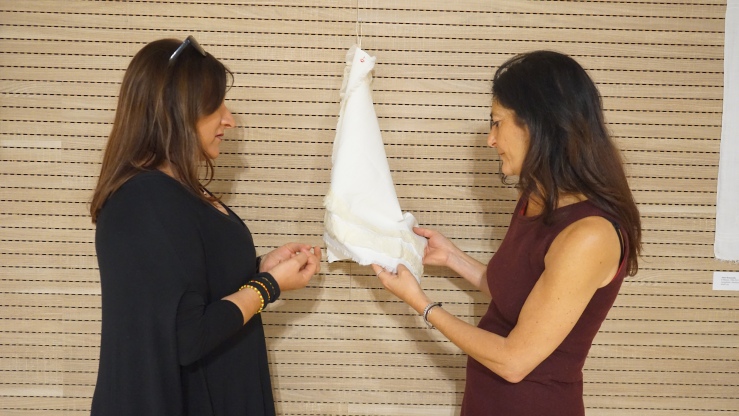
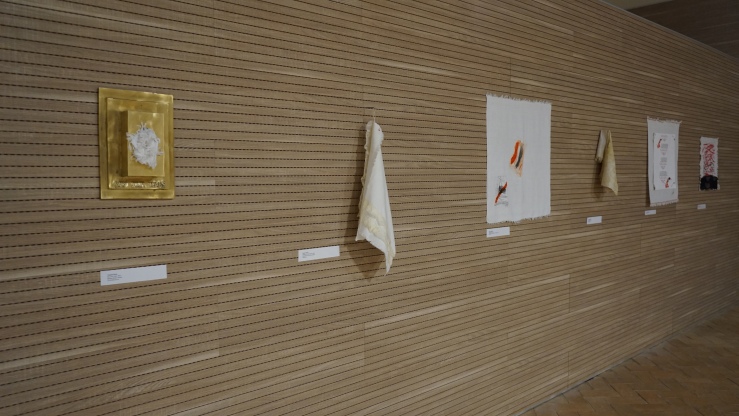
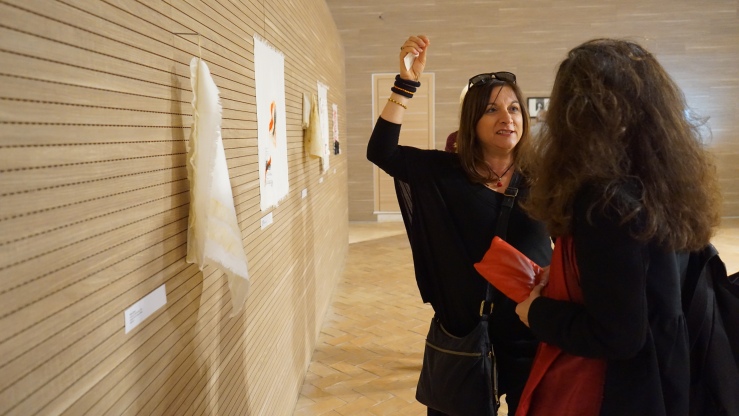
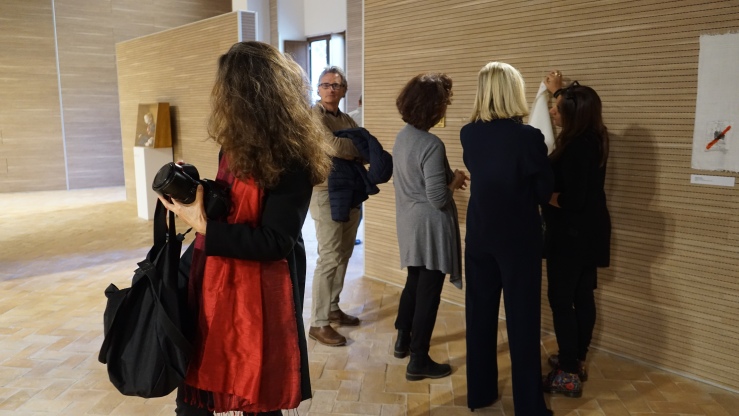
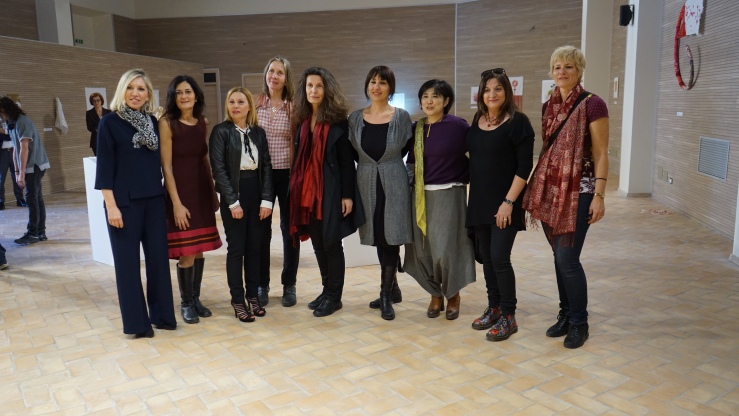
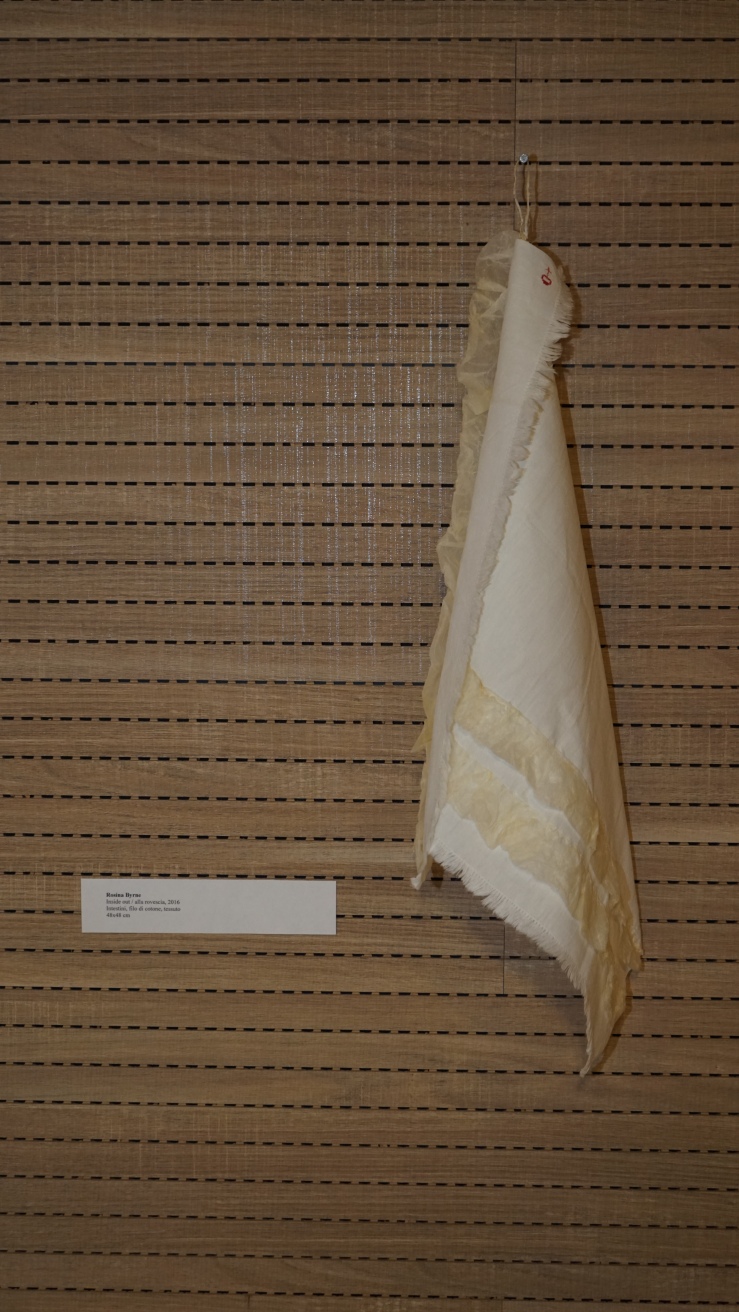
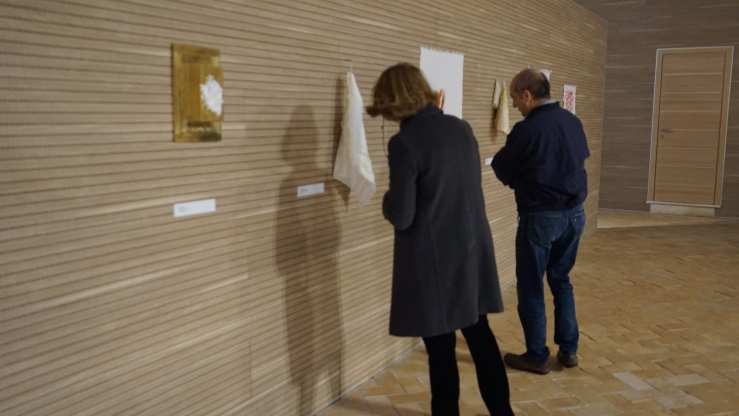
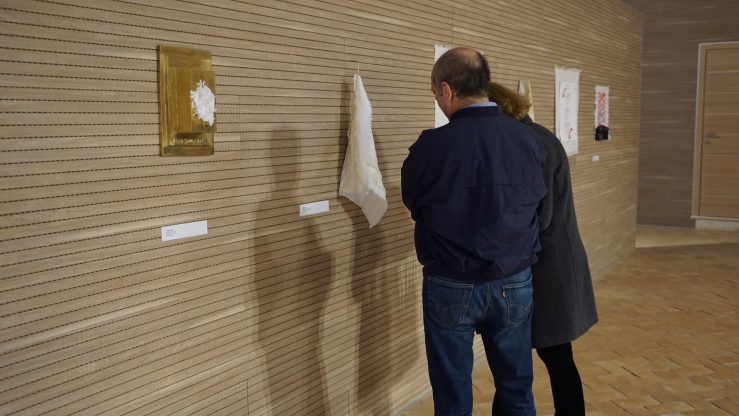
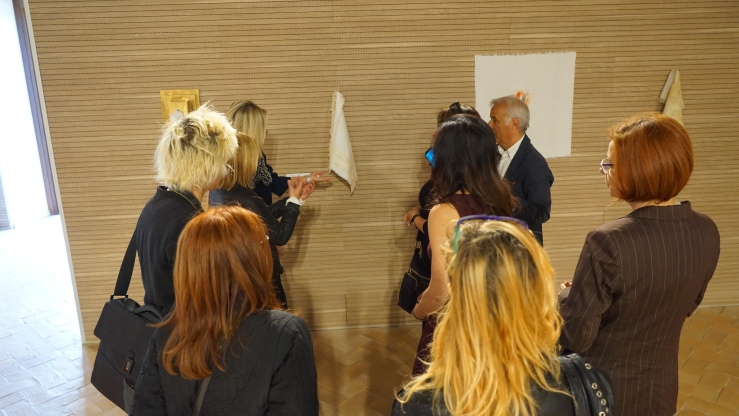
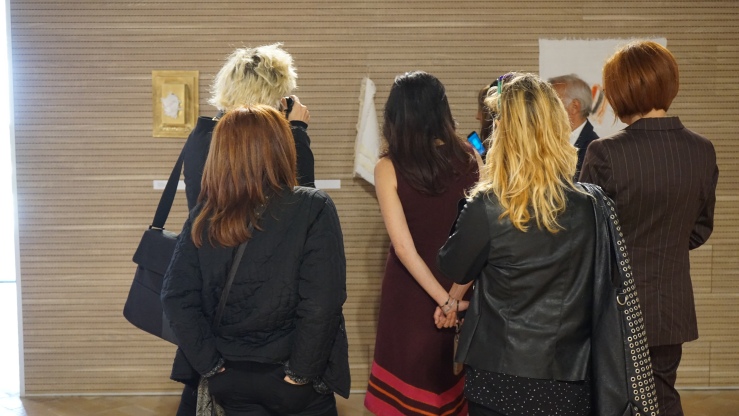
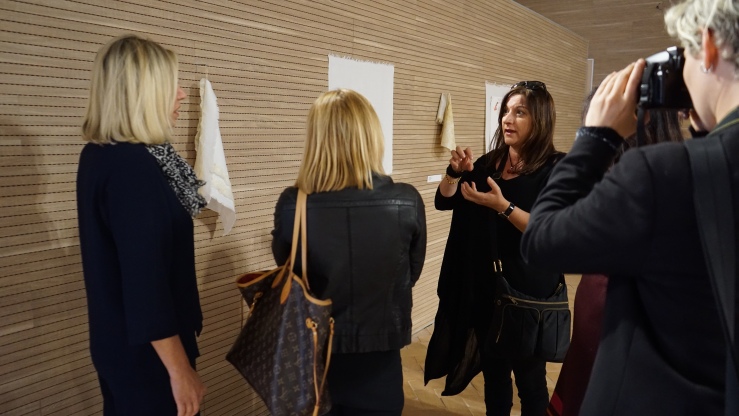
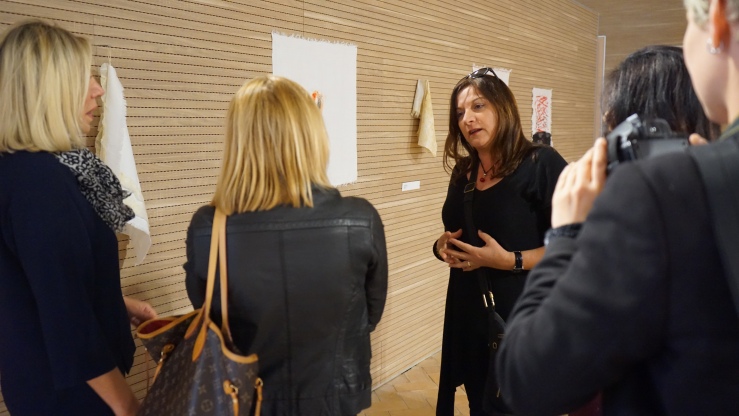 Isola del Liri, Italy
Isola del Liri, Italy
http://www.artnowpakistan.com/the-blood-of-women-traces-of-red-on-white-cloth/
https://www.facebook.com/Il-sangue-delle-donne-Tracce-di-rosso-sul-panno-bianco-373242912885338/
The blood of women traces of red on white cloth, 2016 Group Exhibition
Curated By Manuela de Leonardis
Out Of the Cube: Group Exhibition, Sydney, 2016. Wrapped in Culture by Rosina Byrne
http://katecotching.blogspot.com.au/2015/08/out-of-cube-exhibition-in-sydney.html
Curated by Kate Cotching. Photographed by Kate Cotching.
Selfless, 2016
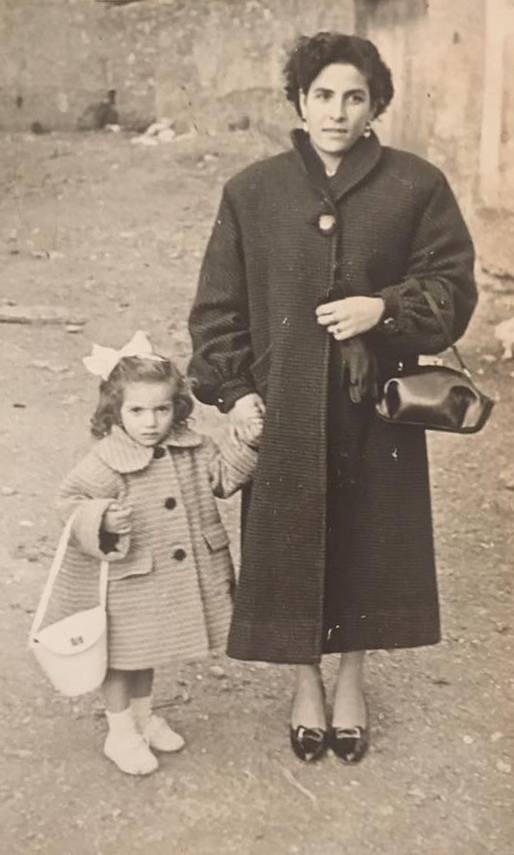
Selfless
Original Coat worn by my mother as she travelled to Australia, photo
Fear of the unknown and excitement were some of the emotions my mother, Erminia Crapis faced as she prepared to leave her country, Italy, knowing she may never return. A huge amount of sadness was undoubtedly felt regarding leaving her home, her family and all the support that came with a place where many generations had live. However eagerness to be reunited with her husband whom left for Australia two year earlier to pave the way for their young family was a strong driving force. Francesco Davoli (Papa) left for Australia to start a different life, and provide an improved future for his child Maria and to any imminent children that may follow.
Erminia Crapis, (Mamma) left everything she ever knew about the world to follow her husband, taking their daughter who was only 3years old with her to a strange, distant country. Trusting that her husband was guiding them to a better life, mother and daughter boarded the ship on 24th December 1954 and set off wearing their striking new coats which were purchased especially for the journey and their life in Australia. The coats marked a fresh beginning. But the picture was complete when three year old Maria was gifted a little white handbag for the journey, which she treasured and carried at all times on the ship. She was a miniature version of her mamma.
A month went by and at the end of January 1955 they arrived at Melbourne pier.
There was surely lots of merriment to finally reach Melbourne, Victoria, Australia, and soon touch the Land of promise. Considerable amount of joy came to the fore. The ship would have vibrated with energy.
My mamma spoke of those exciting moments as the ship was tugged into place and secured. Everyone moved to the ship deck where they stood at the rails to lookout and wave to the people below waiting on the Pier. My sister Maria became so thrilled by what was happening around her, she started waving her arms while holding her precious little white bag over the rails of the ship. My mamma spotted Francesco, her husband, Maria’s papa and pointed him out to her. Francesco tossed lollies to her as from the pier. Maria in an effort to catch them and connect with her papa, throw out her arms, releasing her grip of the little white handbag that she loved so dearly. Sadly the little white hand bag tumbled into the water below and gradually drifted away. Maria began screaming and all joy left her body and was replaced by sadness. The tears flowed freely as mother and daughter disembarked the ship and were reunited with Francesco.
The emotions that my mother and sister experienced at that moment we’re an indication of the emotions that would follow over the first few years as they gave themselves wholly to making a new life in Australia: excitement, sadness, loss – but in the end joy.
My mamma and papa died 11months apart of each other, both aged in their late 80s. They lived 60 plus years in Australia on their grape property in Euston, New South Wales. They had cleared their land of all the rocks, with their own hands; planted and nurtured grape vines while raising their five children.
They passed away having lost their daughter Maria 5 years earlier but knowing they left 4 children behind plus 14 grandchildren and 14 great grandchildren, and surely many more would eventually follow.
Our parents, Francesco Davoli and Erminia (Crapis) Davoli selflessly gave all of themselves for us to have a better future. They worked tirelessly every day of their lives, working the land side by side. We, their descendants will be forever grateful.
Rosina Byrne (Davoli), Daughter
